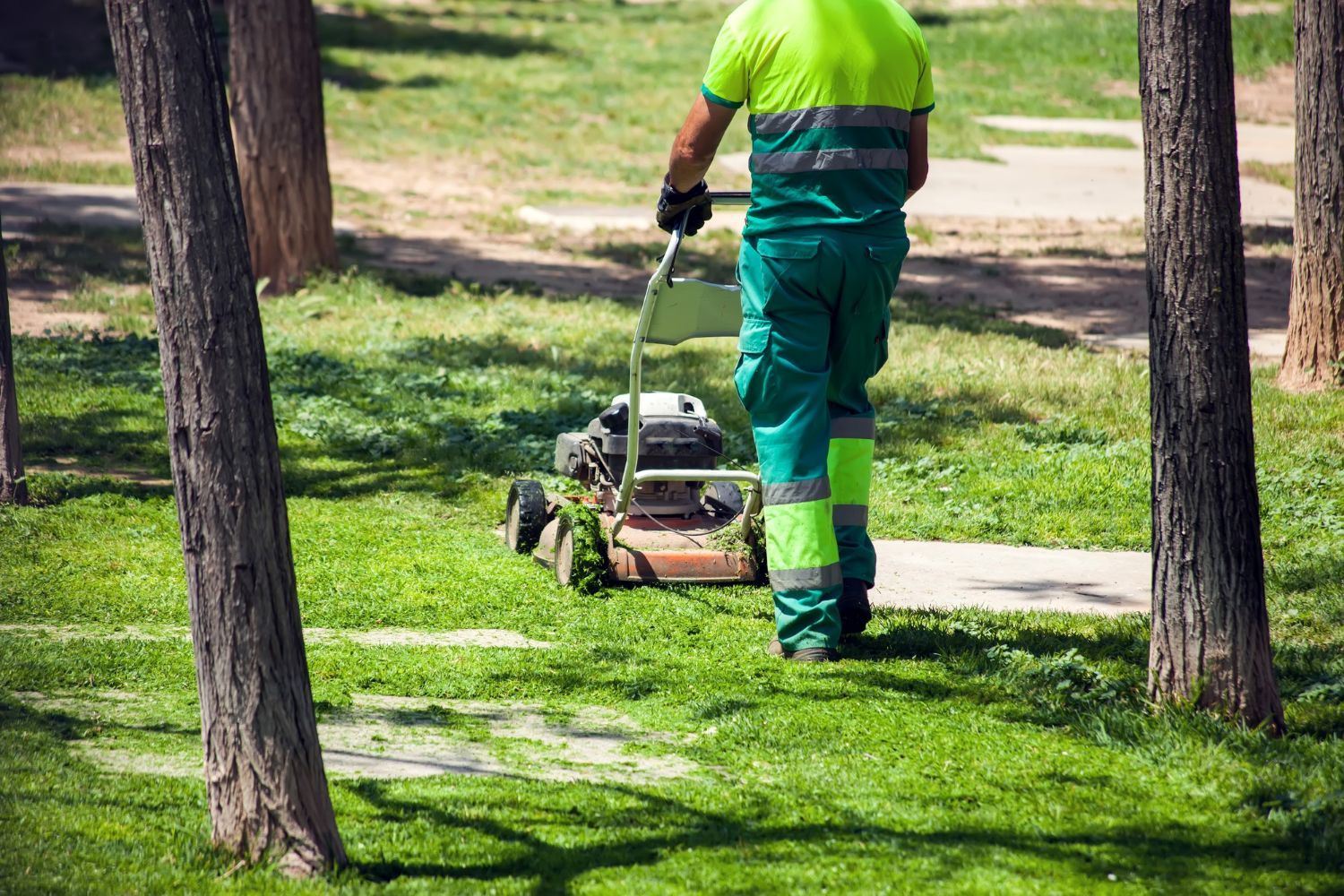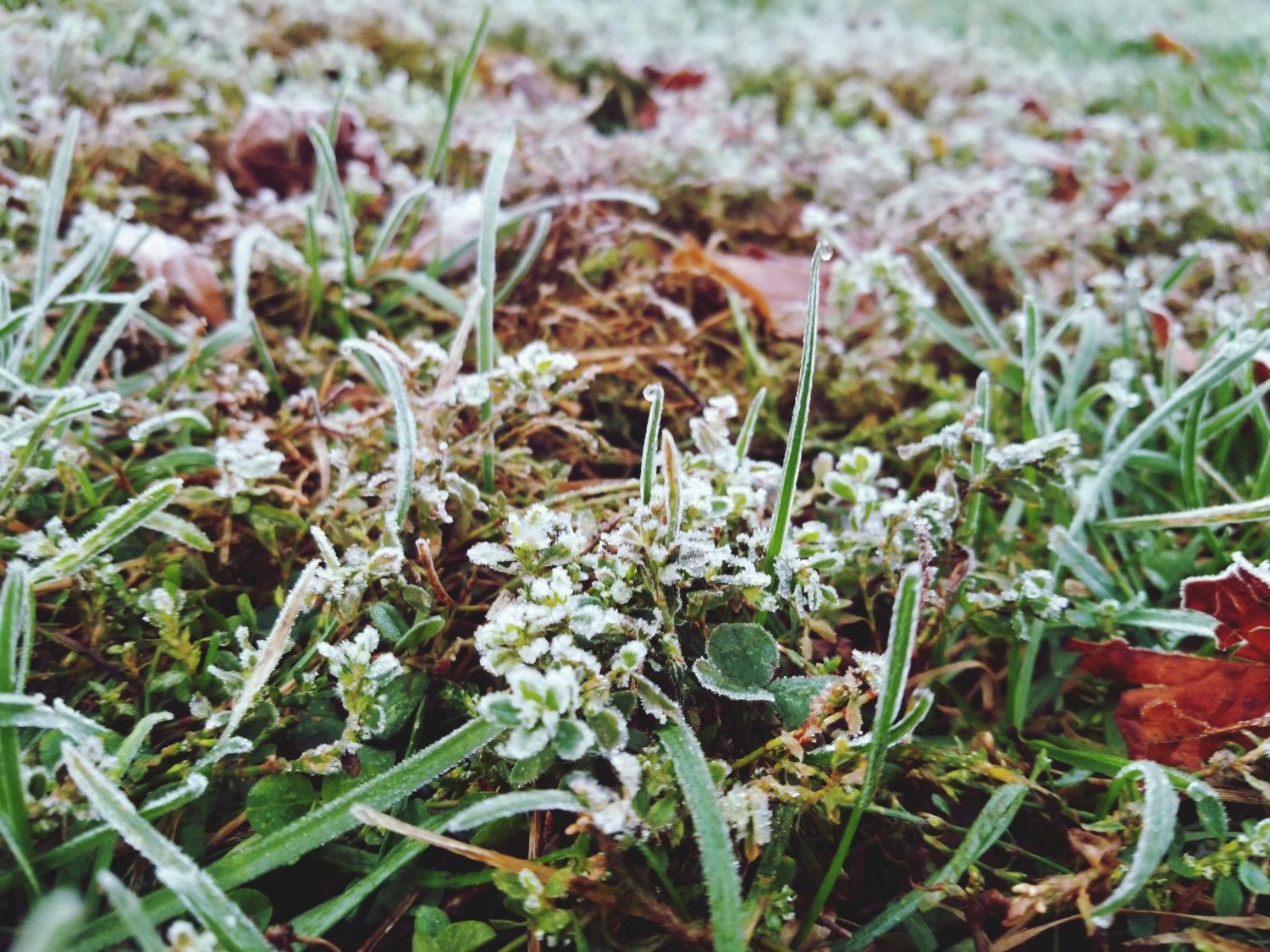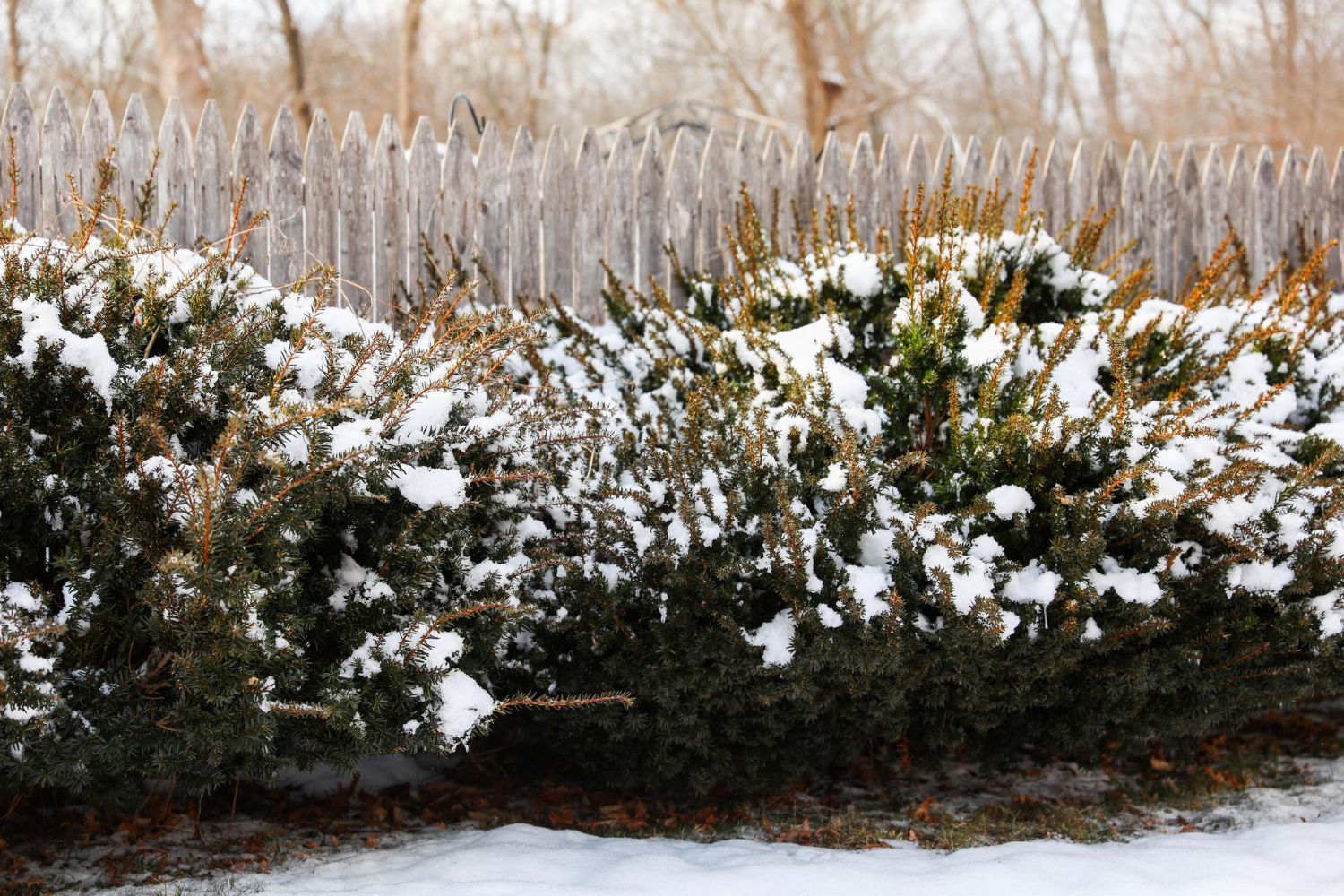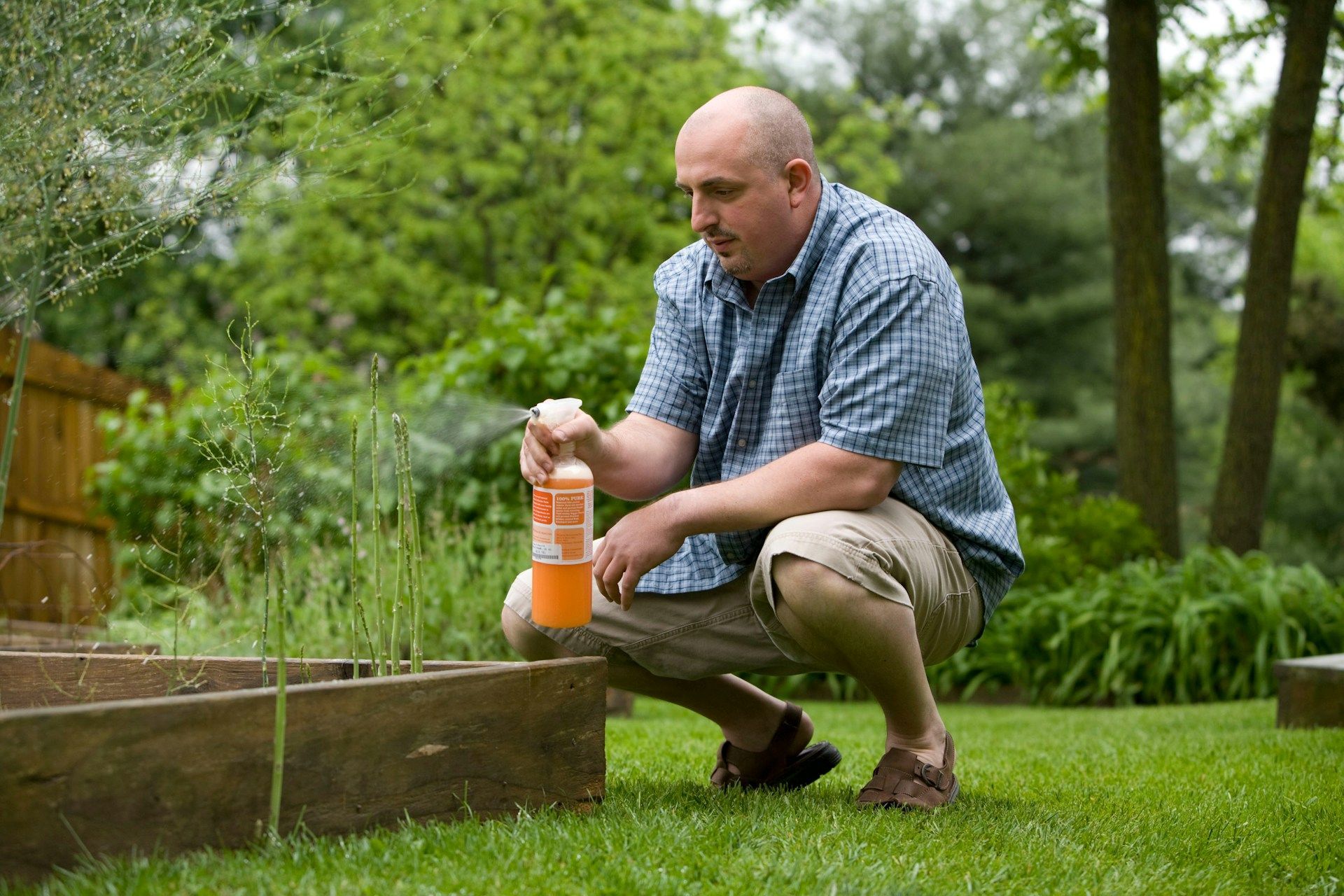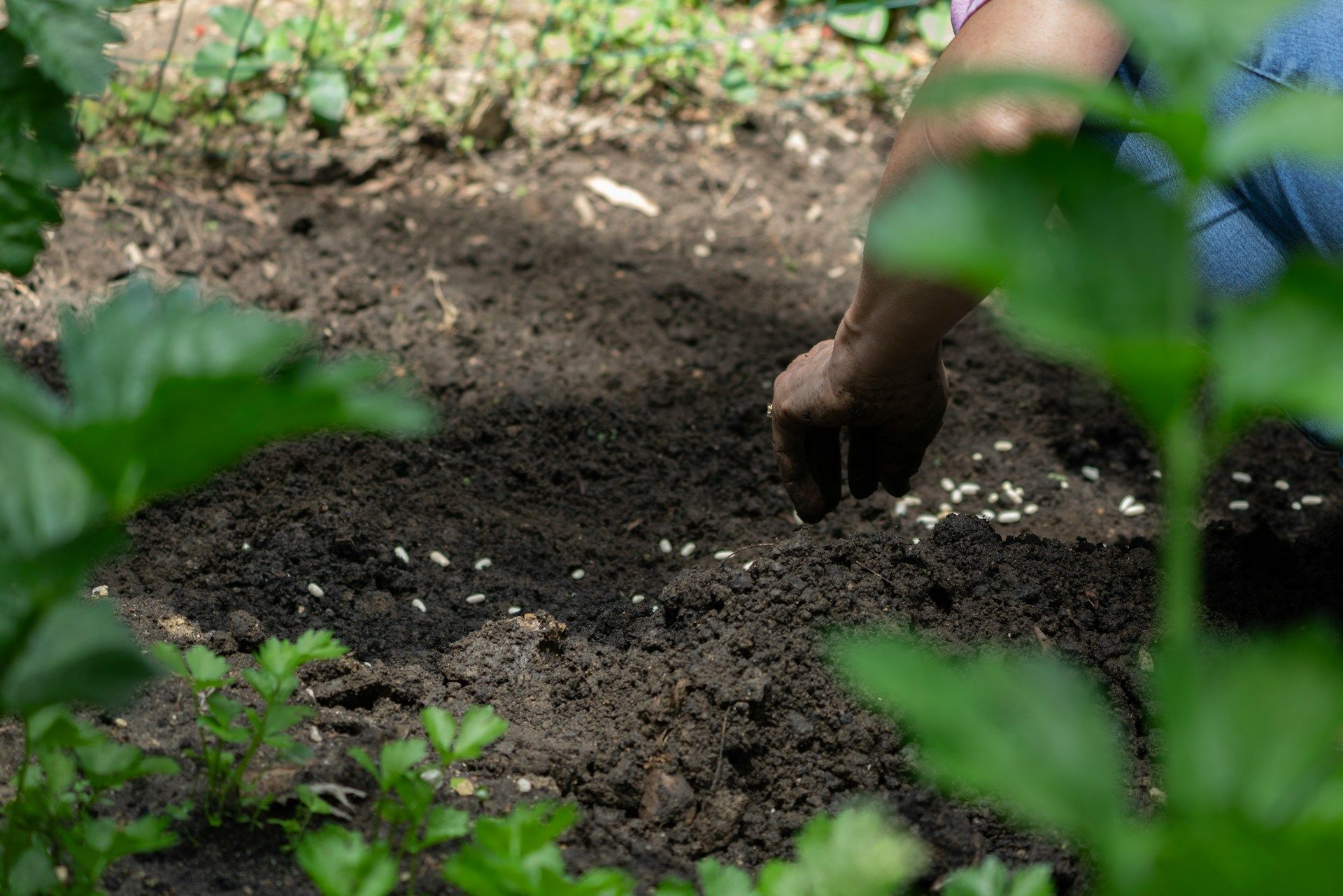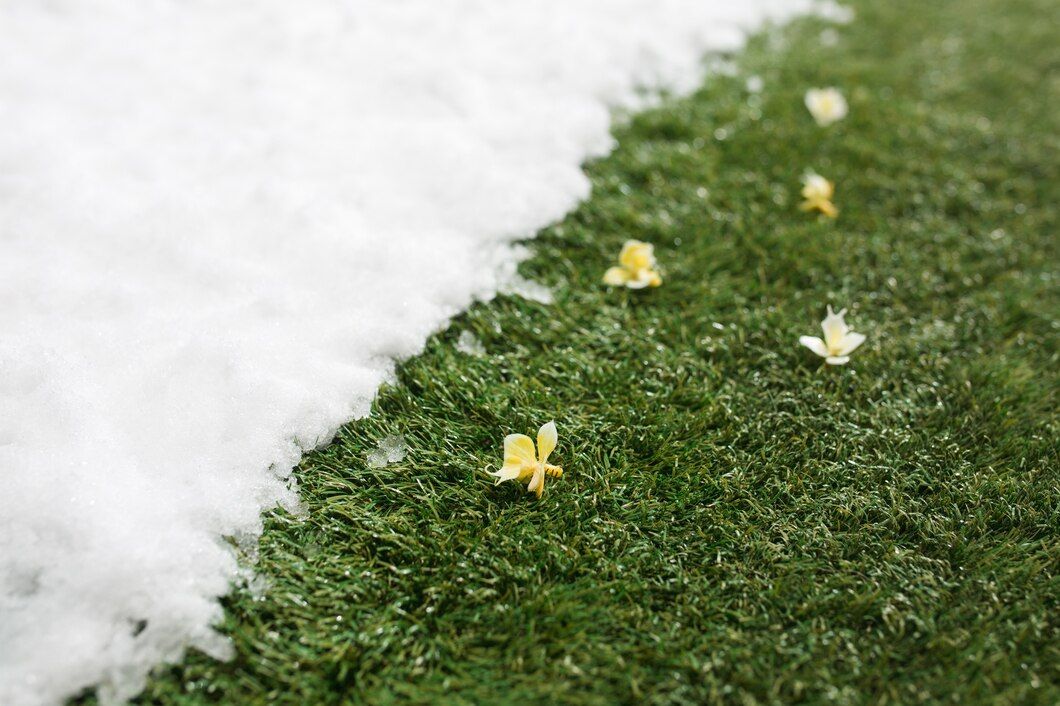Get Your Free Instant Online Quote Here
What Our Customers Are Saying

🟊🟊🟊🟊🟊
"Great service and fertilizer weed guys know what they're doing, very experienced! The best!"
Dan R.
East Brunswick

🟊🟊🟊🟊🟊
"Once I signed up for the mosquito preventative application, my family and I have been able to relax on our back deck for the first time in years."
Scott B.
Old Bridge
Button
🟊🟊🟊🟊🟊
"Got a prompt accurate quote, all details concerning pricing and treatment applications were expertly explained. Their program looks to me as a good value. My first treatment went exactly as they said it would."
Frank A.
Marlboro
🟊🟊🟊🟊🟊
🟊🟊🟊🟊🟊
"Great company with excellent service and lightning quick communication. Technologically ahead of the competition and professionally run."
Chris N.
East Brunswick
Button
🟊🟊🟊🟊🟊
"Healthy Lawn is a fantastic company! My lawn and landscaping look amazing. They have great customer service with knowledgeable and friendly employees. I would definitely recommend them."
Samantha L.
Matawan
Button
Best Techniques for Winter Lawn Mowing
As winter approaches, your lawn's needs change, and understanding how to mow correctly during this season is essential for keeping it healthy. While grass growth slows considerably, it doesn't stop entirely, which means some mowing may still be necessary. Proper winter mowing techniques help protect your lawn, ensuring it stays prepared for a lush return in spring.
In colder months, temperature fluctuations can affect grass growth, impacting your mowing routine. Adapting your approach helps maintain the lawn's integrity, preventing issues like disease and winter damage. It's about striking the right balance between cutting and nurturing your grass to withstand the chilly months.
With the right techniques, including equipment preparation and considering weather conditions, you can keep your lawn in top shape. Knowing how to care for your grass during winter sets the foundation for a vibrant and healthy yard year-round.
Understanding Winter Lawn Needs
Mowing during winter might seem unnecessary, but it's important for maintaining your lawn's health. Grass continues to grow, albeit slowly, and keeping it at an optimal height helps it survive the colder months. A good practice is maintaining your grass at about 2.5 to 3 inches, preventing matting and issues with mold or fungal diseases.
Cold weather impacts grass differently, making it essential to understand its needs. The growth rate slows, and the grass becomes more vulnerable to stress and damage. Ensuring it stays robust involves not cutting it too short, as this reduces its ability to photosynthesize and store energy. Here's what to remember:
1. Maintain Consistent Mowing: Even as growth slows, regular trimming prevents disease by improving airflow and reducing leaf surface moisture.
2. Avoid Cutting After Frost: Mowing frozen grass can lead to damage, so pick warmer days for cutting.
3. Observe Grass Condition: Keep an eye out for signs of stress or disease, adjusting your care routine accordingly to protect your lawn.
Equipment Preparation for Cold Weather
Winterizing your lawn mower ensures it remains in top condition for the occasional cut during the colder months and is ready for spring. Preparing your equipment starts with appropriate settings and safety measures to keep both the mower and your lawn in good health.
Choosing the right mower settings is crucial. Set your mower's cutting height appropriately to avoid cutting the grass too short. This setting varies based on grass type, but a general rule is to keep it higher in winter to protect grass roots.
To winterize your mower, consider these steps:
- Check Engine and Fuel: Ensure the fuel is fresh and at an appropriate level. Consider adding a fuel stabilizer to avoid degradation.
- Inspect Blades: Sharpen mower blades for clean cuts. Dull blades can tear grass, leading to stress and disease.
- Clean and Lubricate Moving Parts: A thorough cleaning removes grass clippings and debris that might have accumulated, while proper lubrication of parts ensures smooth operation during winter.
Protect your mower from the elements by storing it in a dry location, using a cover to prevent moisture build-up. Following these preparation steps guarantees efficient mowing during those few necessary winter trims and simplifies your spring startup routine.
Safe Winter Mowing Practices
Mowing safely in winter requires knowing the right conditions to avoid unnecessary damage to your lawn and equipment. Choose your mowing days carefully. Ideal conditions include dry weather and above-freezing temperatures to prevent damaging the turf. Mowing wet or frozen grass can tear the blades, leading to uneven patches and increased susceptibility to diseases.
Here are some safety tips to consider:
- Inspect the Lawn Before Mowing: Clear debris like branches or stones that may have been covered by leaves or snow.
- Use Caution on Slopes: Frost or moisture can make the ground slippery. Always mow across slopes, not up and down, to reduce the risk of slips.
- Monitor Equipment Performance: Keep an eye on the mower's performance and ensure it's running smoothly, avoiding mechanical issues that could arise in colder temperatures.
These safe mowing practices help protect your lawn from stress and your mower from potential damage, ensuring both are ready for the growing season after winter.
Enhancing Lawn Health During Winter
To maintain superior lawn health during winter, it's vital to balance mowing with other critical care practices. While regular trims are essential, integrating other methods will keep your grass resilient and support its long-term health.
Regular fertilization and aeration play key roles. Fertilizing in winter provides grass with the necessary nutrients stored in the roots until spring. Using a winter-specific fertilizer formula can prevent deficiencies and protect the grass from winter stress.
Aeration helps improve soil compaction, enhancing air and nutrient exchange around the roots. Winter is an excellent time to aerate your lawn, ensuring that roots get adequate oxygen and moisture.
Consider these additional practices for lawn health:
- Limit Foot Traffic: Avoid walking on frozen grass to prevent damage.
- Monitor Moisture Levels: Ensure your lawn is well-watered ahead of freezing temperatures, but avoid overwatering.
- Regular Lawn Checks: Identify any signs of disease early to address them promptly.
Incorporating these practices ensures your grass remains healthy, minimizing winter damage and preparing it for a vibrant spring.
Conclusion
Mowing during the winter months doesn't have to be a daunting task. By understanding your lawn's needs and preparing both your equipment and mowing strategies accordingly, you can maintain a healthy and thriving landscape through the cold season. These practices promote grass health, reduce weather-related stress, and prepare your turf for the blooming months ahead.
If you're ready to keep your lawn in top condition all year-round but need professional guidance, Healthy Lawn is here to help. Our team of experts can offer the
NJ lawn care services and knowledge needed to support your lawn's unique requirements through every season. Reach out today to keep your lawn green and healthy with our tailored care solutions!

